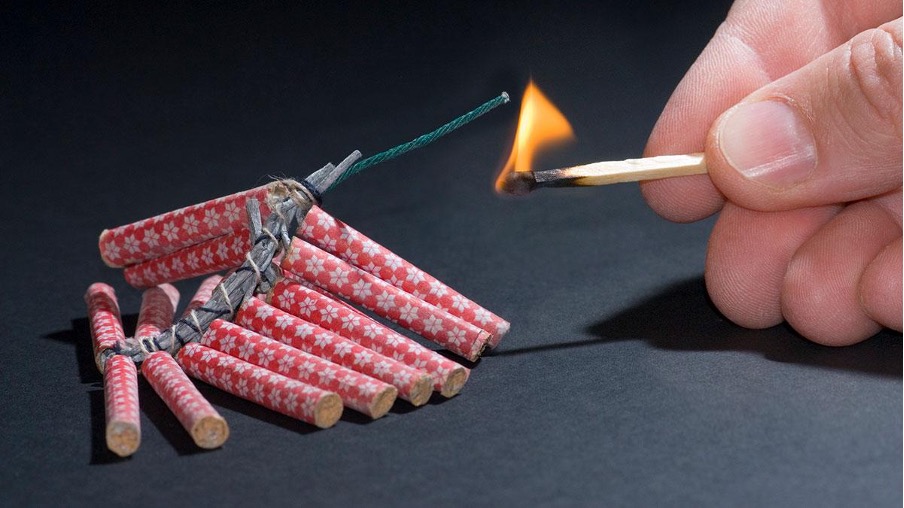Helium discovery lights the fuse on a cracker of a project for Grand Gulf

Grand Gulf set for an absolute banger after Jesse#1A well head samples come back great. pic via Getty Images.
Multiple well head samples have confirmed helium concentrations of up to 0.65% within the gas contained in Grand Gulf’s potentially company making Jesse#1A exploration well in Utah.
Samples returned between 0.44% to 0.65% helium, which compares very favourably with the producing Doe Canyon, which has about 0.4% helium content in the same target Mississippian Leadville dolomite formation.
Bottomhole pressure gauges during the flow-back indicate a reservoir pressure of 2280 psia, which is in line with Grand Gulf Energy’s (ASX:GGE) pre-drill pressure modelling, a strong indicator that commercial flows are possible despite the inability to carry out stable flow testing due to water ingress and reservoir pressures being sub-hydrostatic.
The presence of a working helium reservoir and high pressures is particularly encouraging given that the Red Helium project area where the well is located is between four to five times bigger than Doe Canyon.
This raises the likelihood that the company is on the money with its gross unrisked prospective resource estimate of 10.9 billion cubic feet of helium – a valuable resource even using a conservative wholesale price of US$600 per thousand cubic feet of the rare gas.
“Helium grades above expectation and the identification of a working helium reservoir at appreciable pressure confirm a helium discovery at the Red Helium Project,” managing director Dane Lance said.
“Jesse#1A is essentially a wildcat well in a new prospect and the company is thrilled with the outcome and looks forward to the design and implementation of a well configuration that will potentially facilitate the flow of raw gas to surface.”
Shares in GGE shot up 21.74% this morning to 2.8c on the news.
Gas composition and the route ahead
Besides the consistent helium concentrations, the well-head samples also returned carbon dioxide concentrations in the range of between 59% and 65% with the bulk of remaining gas being nitrogen.
This result is significantly lower than pre-drill expectations of 85% and is expected to materially improve project economics by reducing the amount of CO2 that needs to be sequested.
Grand Gulf has demobilised the workover rig to allow its technical team to develop the appropriate well design to enable gas production.
Planning and equipment resourcing is currently underway to re-enter and test the well early or in the middle of the third quarter.
This article was developed in collaboration with Grand Gulf Energy, a Stockhead advertiser at the time of publishing.
This article does not constitute financial product advice. You should consider obtaining independent advice before making any financial decisions.
Related Topics

UNLOCK INSIGHTS
Discover the untold stories of emerging ASX stocks.
Daily news and expert analysis, it's free to subscribe.
By proceeding, you confirm you understand that we handle personal information in accordance with our Privacy Policy.








